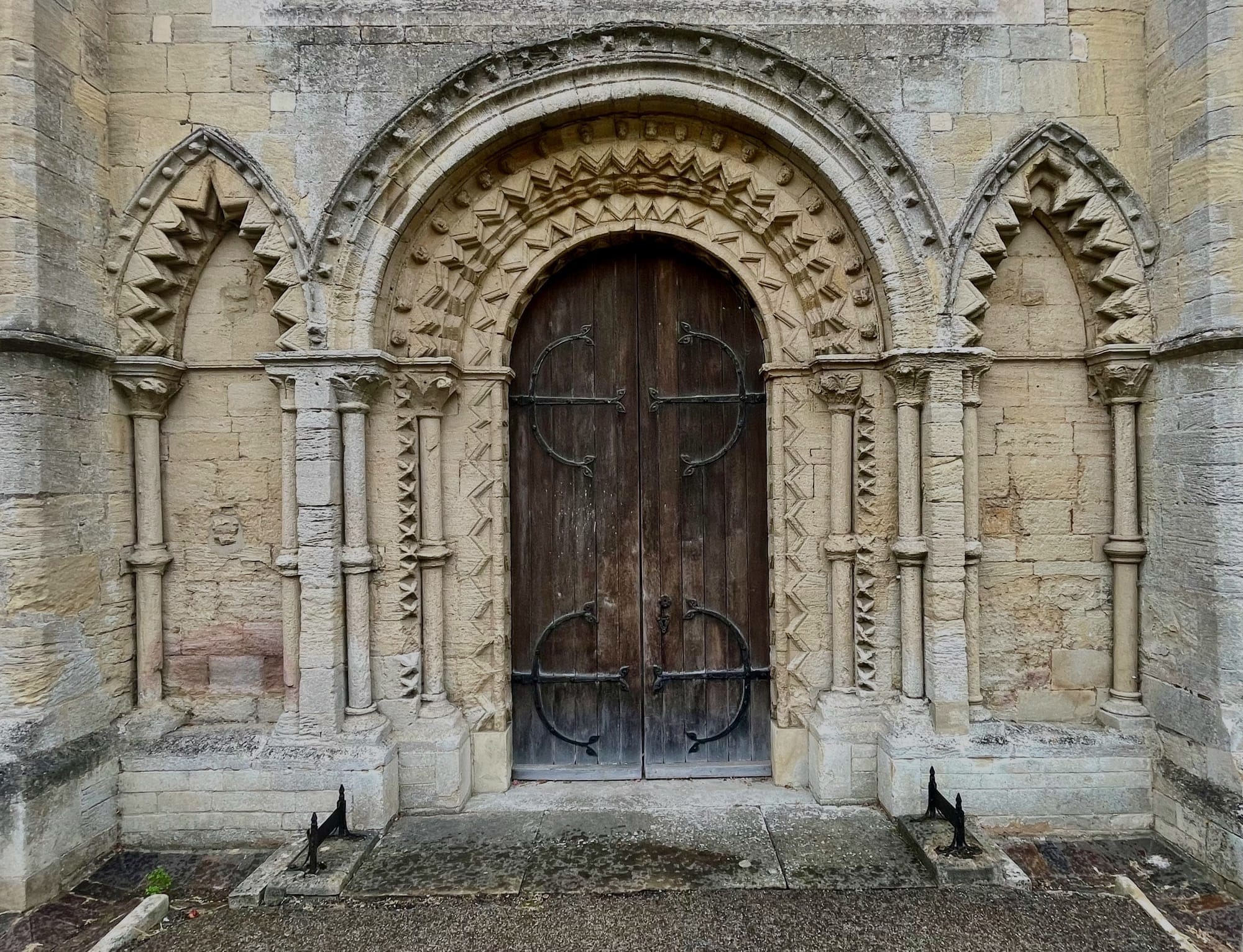
20 October 2022
Rutland
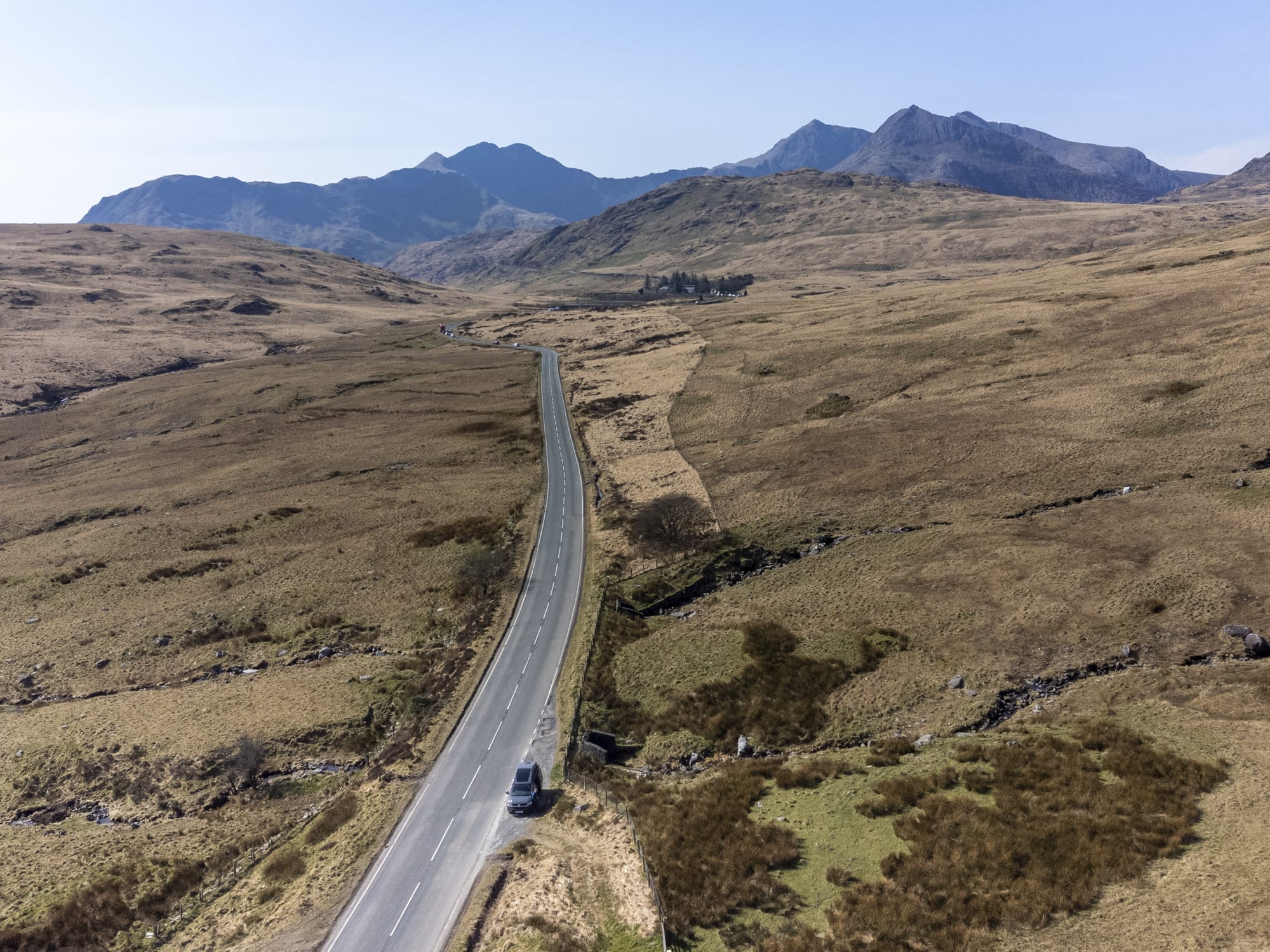
There’s no doubt that I’m imprinted by my vocation. Not just in the absorptive qualities of looking through a camera lens, but also there are times, especially when I’m travelling across country in my van, that my conscious eye, like my zoom lens, moves from the microcosm of the road to the macrocosm of the landscape beyond.
I often imagine the van from the heights of where my drone might spy me. From this viewpoint, I’m mindful of Alec Clifton-Taylor’s words describing the built landscape from above. In his book ‘The Pattern of English Building’ he views architecture visually rather than stylistically or chronologically. He whittles out a perspective of architecture based upon its pattern and materiality with chapters on stone, flint, the unbaked earths and thatch.
The first chapter describes the variety and character of our towns and cities, from an aerial perspective, rooted in the materials beneath them.
“About an hour after leaving London, red brick gives place to stone, grey, yellow or golden brown. Whether we have set out from Paddington or Euston, from King’s Cross or St. Pancras, whether we have followed the Great North Road, the Bath Road or Watling Street, we do not have to be very observant to notice the change. Sometimes it takes place quite suddenly; at others there is a moment of transition, as at Wheatley in Oxfordshire, where old buildings of grey stone are roofed with mellow red tiles, proclaiming the proximity of both stone and clay. But presently in all these directions the change occurs.”
This day I have photo shoots in several locations and I’m travelling with a heightened awareness of the landscape around me. The villages I pass through are of the earth - it’s as if the geology beneath has broken through the earth’s crust as an expression of architectural harmony. From my drone the villages are golden and textured and take on an organic plan not that dissimilar to lichen.
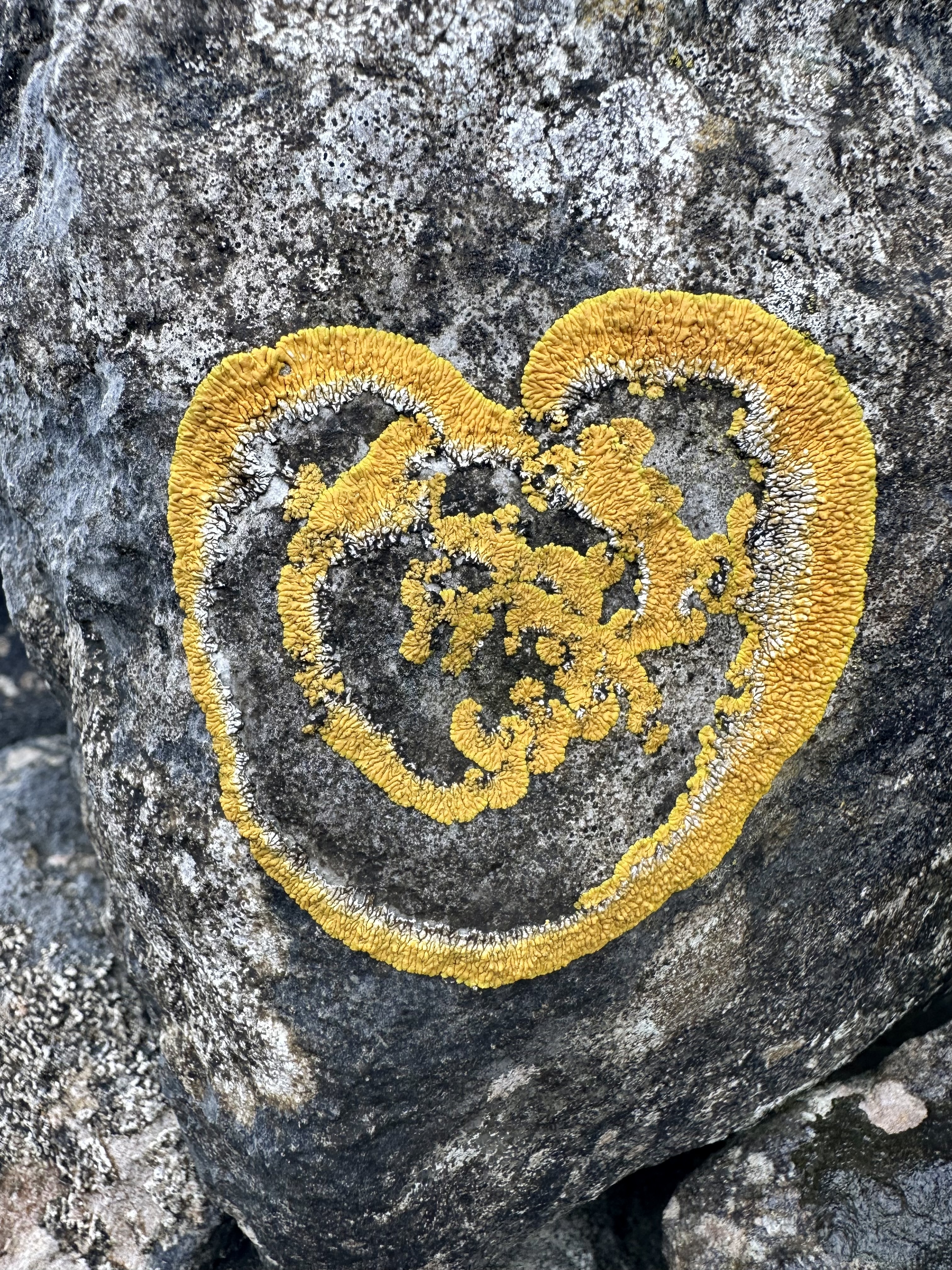
I travel through the great quarrying towns of Barnack, Collyweston and Ketton. They are all rooted in what lies beneath.
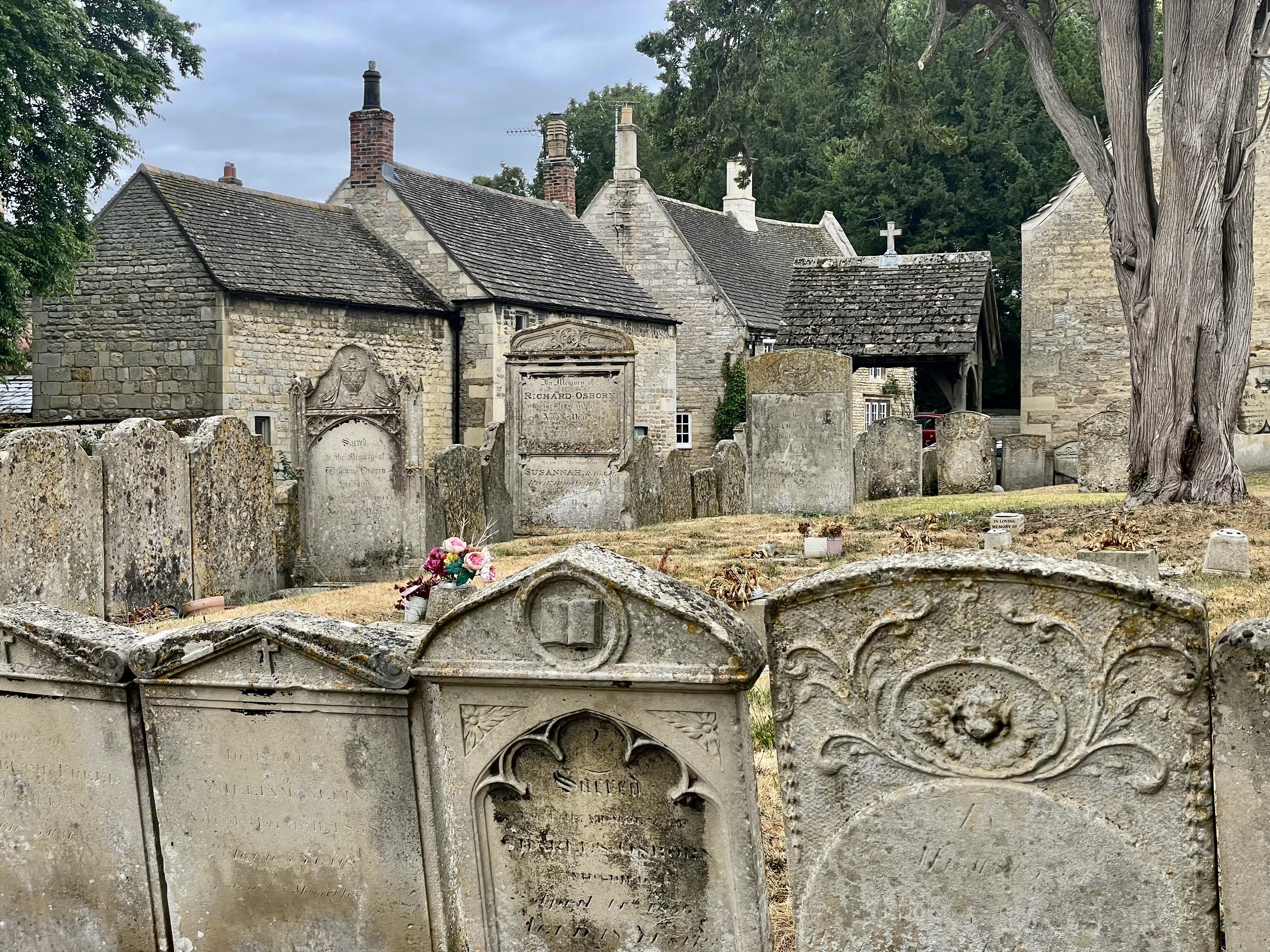
On the road, I’m caught up in the turmoil of the present times, my mind ruminating between gear changes, so I stop and pull out my map of the geology of Great Britain from the back of the van. This perspective makes me feel like an ant travelling across the geological borders from one millennia to another. When I pull the map down, fold it up and place it back in the recess at the back of the van, I notice another map - this time it holds a different set of boundaries. There’s one that encompasses large scathes of England like a blood red stain. This is a map of Anglo-Saxon Britain and the blood red stain is that of Danelaw.
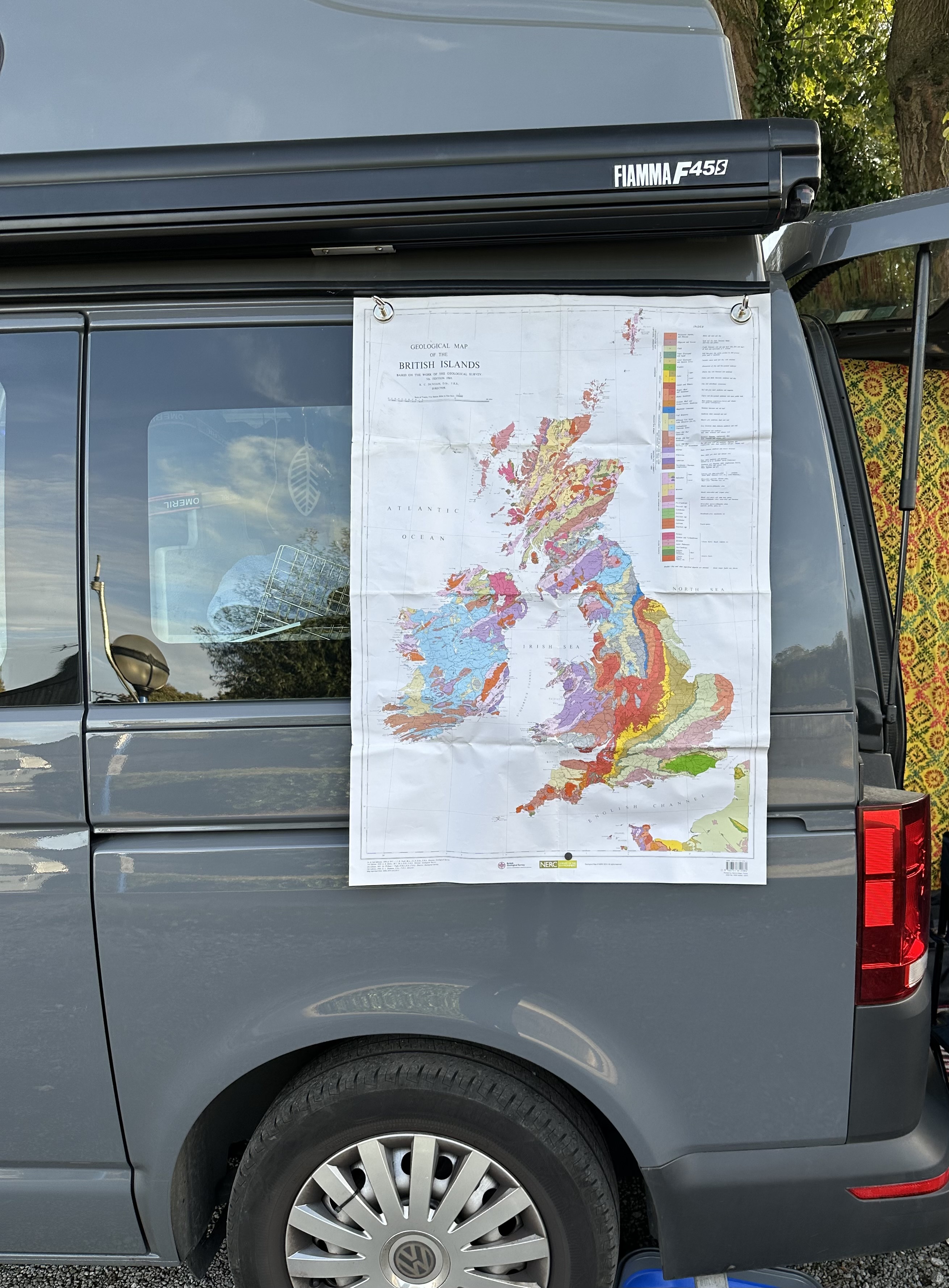
My lens mind sets to work - it zooms out and then in on my location - I parry it with the map and notice that I’m heading towards another layer of meaning - this time the stratigraphy is historical - my final destination is once one of the five boroughs of Danelaw - once governed as a Danish Jarldom. On my geological map this town is predominantly yellow, from my historical map it is red; but, from the Great North Road that I’m travelling along, it takes on an ochre hue in the raking light. I find myself being transported from these transient times into these deep rooted layers of meaning.
In another book, Clifton-Taylor takes us from his birds eye view, past the Wheatley transition in Oxfordshire, down to the town that I can see intermittently between the gaps in the trees from my van on the A1. Of this place he says:
“Its mood is quiet; its colour, mainly a pale grey-buff, reticent. But it has great dignity.
I take the exit from the A1 with great excitement. The excitement is delayed by my phone’s battery failing along the A606. So I pull over into a pub ominously called the Danish Invader. I ask a chap if I’m on the right track.
‘Yes,’ he says. ‘Keep going along the road and head towards the spire.’
‘That’ll be my first destination,’ I say.
‘Welcome to Stamford,’ he replies.
View next entry:
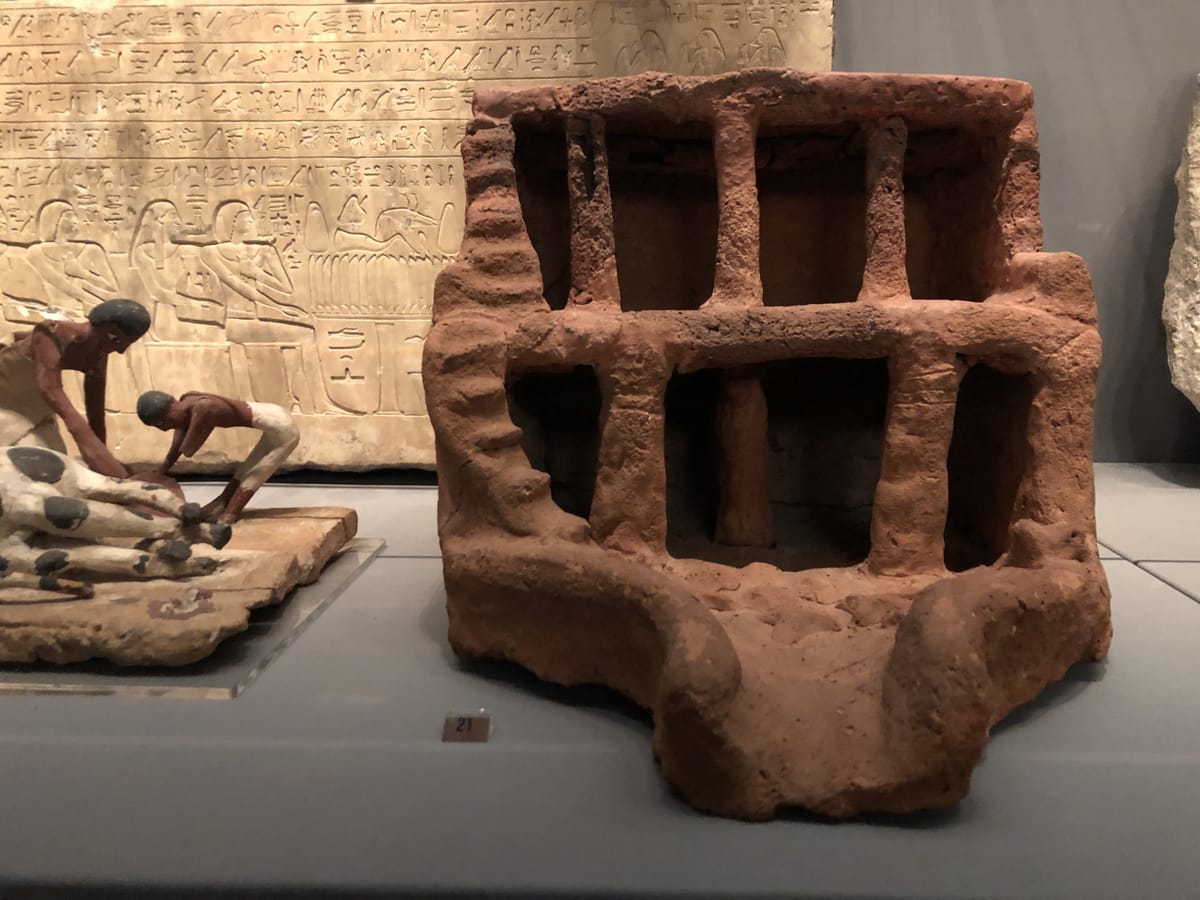
More about this Digest:
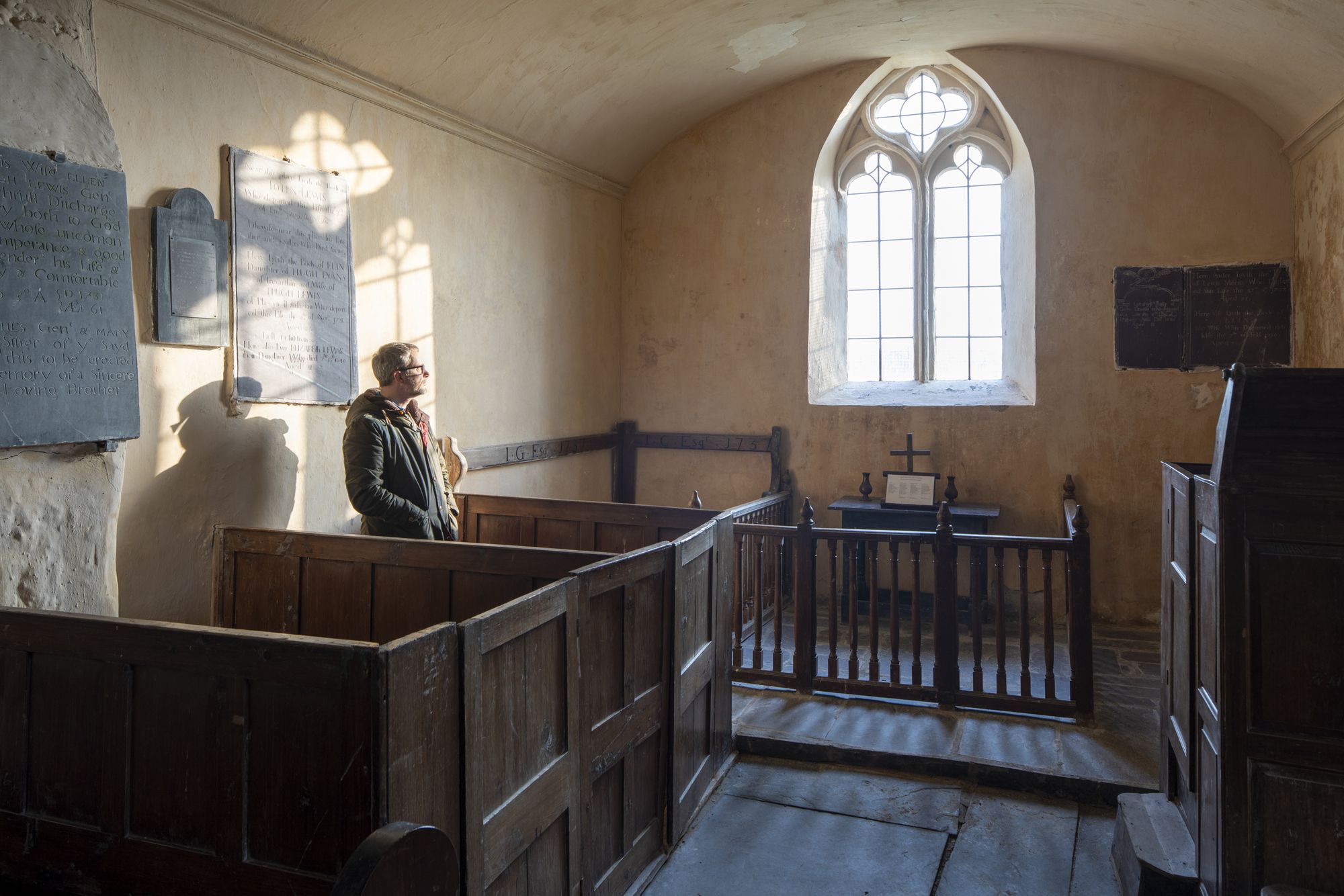
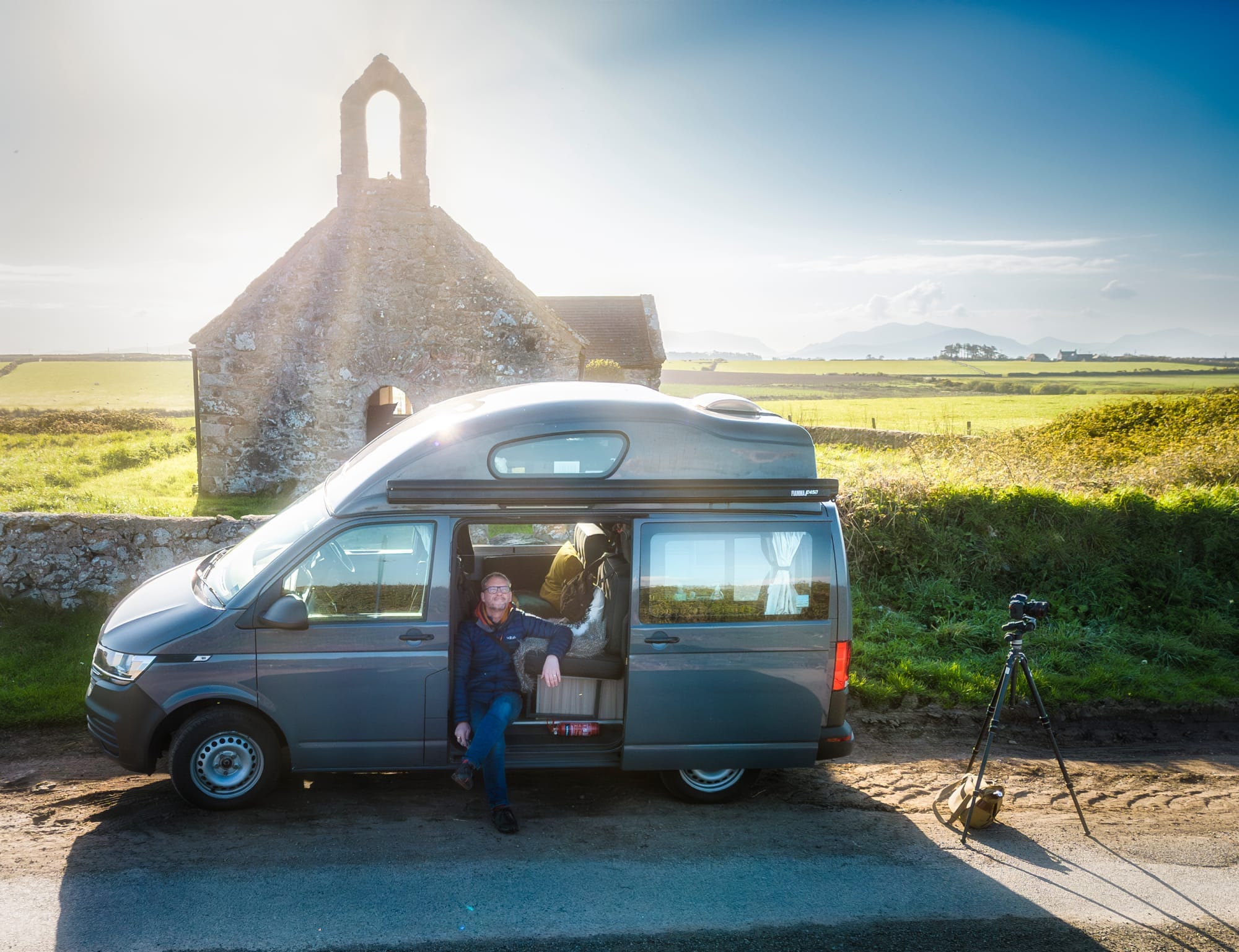
Can you help support me on my journey by becoming a Member?
Help keep Woody on the road and support the Genius Loci Digest.
Explore th Benefits
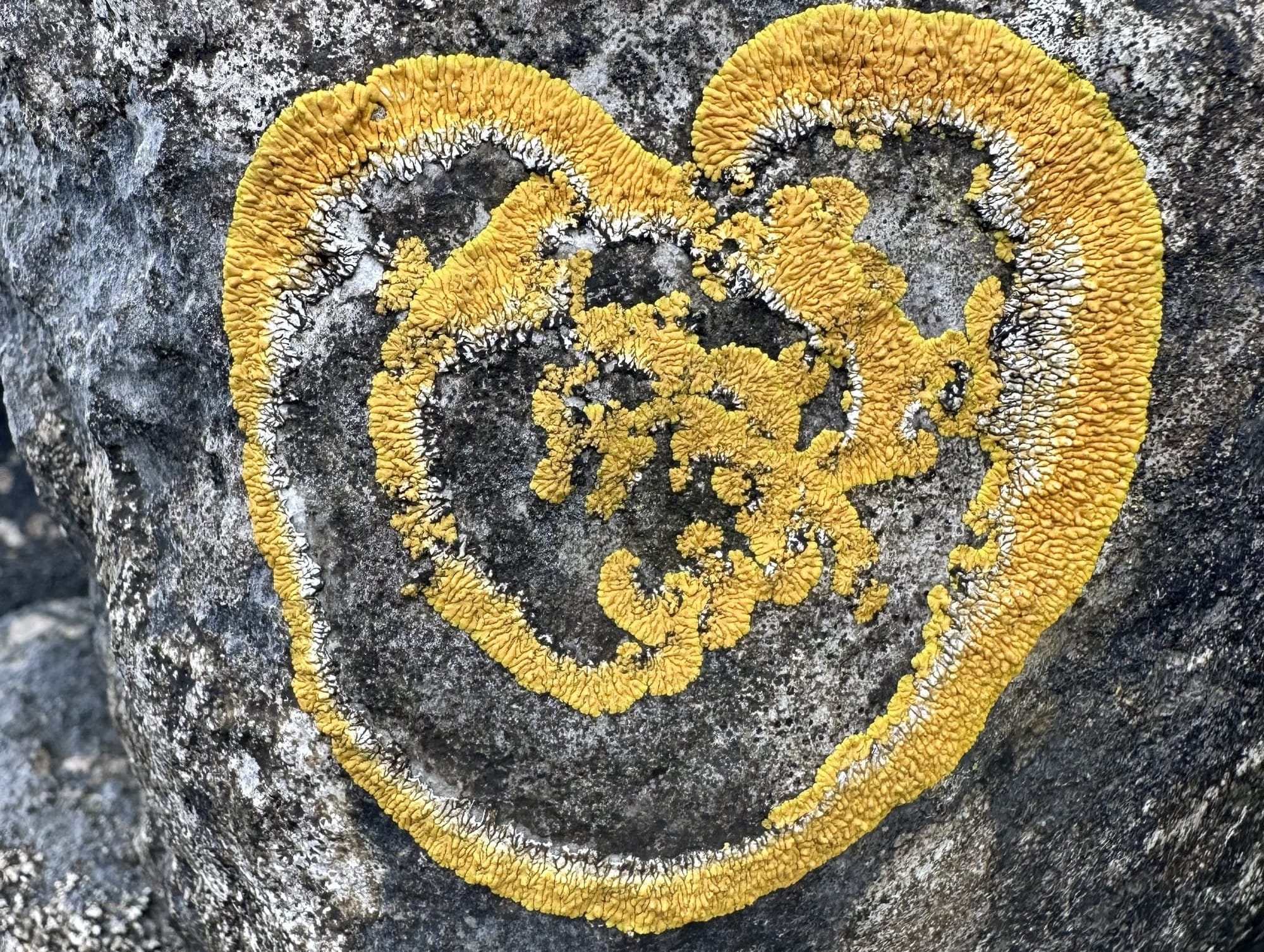

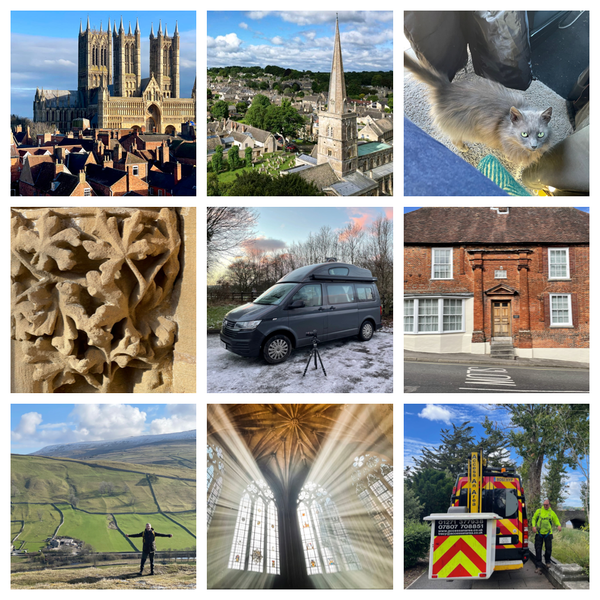
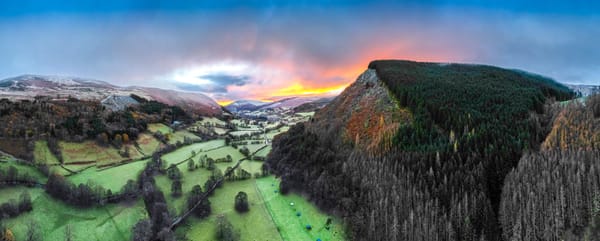
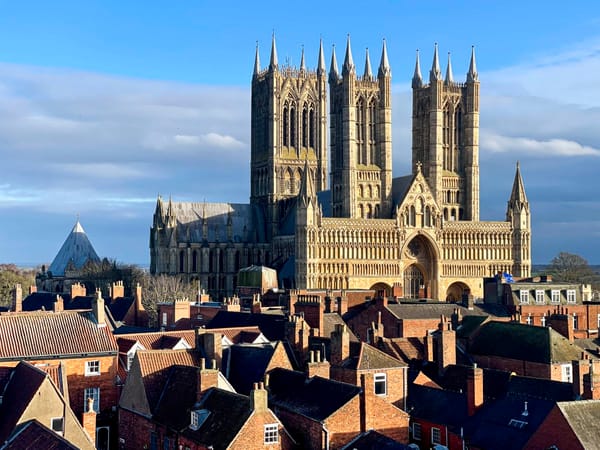
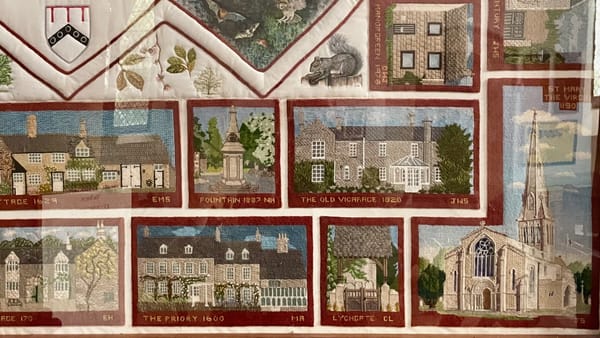
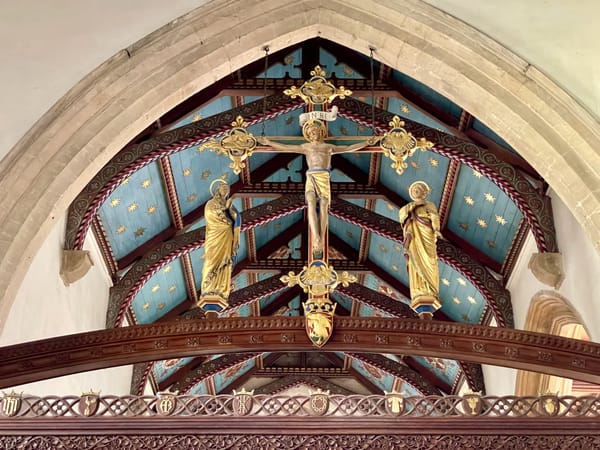
Member discussion